This list ranks the 20 greatest players based on their years with the Boston Red Sox, according to Wins Above Replacement. This is not meant to be a definitive ranking of the best players to have played for the franchise. It’s a subjective list based on WAR. Why do we use WAR? Simply because it makes it easy to out the lists together. The real reason I write these articles is to talk about these players.
This is one in a series of articles on the 20 Greatest Players for Each MLB Franchise.
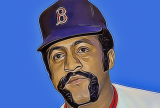
In the most important games of his career, Tiant was 20-9 with a 3.03 ERA in 39 appearances. This includes all of his post-season appearances, as well as games he pitched during division races.
Like Orlando Cepeda, Tiant was the son of a famous ballplayer. Luis Eleuterio Tiant was the best pitcher (and possibly the best player) to ever grace a diamond on the island of Cuba. Luis E. Tiant toured the U.S. on barnstorming teams starting in the late 1920s, and played in the negro leagues for more than a decade. He reportedly once faced Babe Ruth and Jimmie Foxx in an exhibition game in Georgia and held them both hitless. Unlike his son, the older Tiant was a lefthander. But they both employed sneaky deliveries that helped them hide the baseball. Luis Clemente Tiant, the son, had a great fastball, but Luis E. Tiant was known for a treacherous screwball and his spitball. Monte Irvin called Luis E. Tiant one of the toughest pitchers he ever faced. Barred from playing in the major leagues, his son eventually fulfilled the father’s dreams, and then some.
“Little Looey” won 229 games and struck out more than 2,400 batters in a marvelous career that included 19 seasons in the big leagues. He was a showman and a top performer. Four times, baseball writers gave votes to Tiant for the MVP award.

Four players have hit leadoff on four pennant-winning teams. The first was Harry Hooper, the other three are Frankie Crosetti (1936-39 Yankees), Pete Rose (1970, 1972, 1975-76 Reds, and 1980 Phillies), and Chuck Knoblauch (1998-2001 Yankees).
Hooper was sort of like the Sal Bando of the 1910s Red Sox. Like Bando, Hooper was an on-field leader, fiery, smart, and he sacrificed his own glory to help his team win multiple titles. It was Hooper who pushed hard to make Babe Ruth an everyday position player.
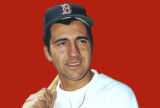
A swarthy Italian kid from Brooklyn, Americo Vincent Peter Petrocelli had significant shoulders, a hairy chest that escaped from beneath his uniform buttons, and a rocket for an arm. He probably had the strongest shortstop arm since Arky Vaughan in the 1940s. Petrocelli was handsome, charismatic, and popular. His arrival in the early 1960s, (teamed with that of Carl Yastrzemski) signalled a new era for the Red Sox.
The five best seasons by non-active position players not in the Hall of Fame (and not eligible or tainted by steroid or gambling scandals), belong to:
Al Rosen (1953), Rico Petrocelli (1969), Terry Turner (1906), Norm Cash (1961), and Darrell Evans (1973).
The only retired position players not in the Baseball Hall of Fame who had a season of 10+ Wins Above Replacement are Barry Bonds, Alex Rodriguez, Sammy Sosa, Al Rosen, and Rico.
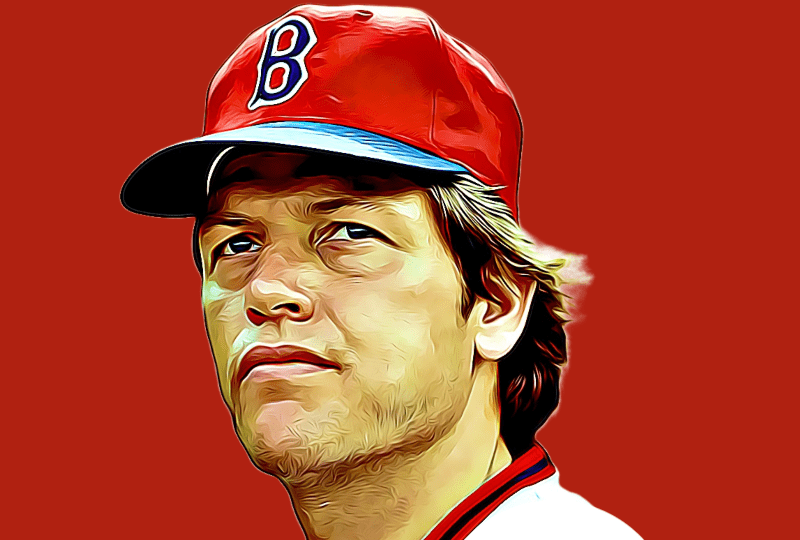
You have to be a great athlete to get noticed when you’re growing up in New Hampshire. In college, Fisk was offered a basketball contract by the Boston Celtics, but wisely realized his future was in baseball. One of four Fisk brothers, his family called him “Pudge” because he took a while to shed his baby fat. Carlton’s father was a prominent high school athlete who starred in basketball. Once he slimmed, Carlton was an impressive athlete and even though baseball was not his preferred sport, he took to catching quickly.
Fisk was only six months younger than Thurman Munson, but the Yankee catcher had a two-year head start as a starting catcher in the AL East. Both debuted in 1969, but Munson was Rookie of the Year in 1970 and Fisk didn’t win the same award until 1972. At their peak the two had about the same value, but Fisk had a slight edge. Fisk provided more value after the age of 30 than any other catcher in history, and he still ranks among the five best to ever wear the mask.
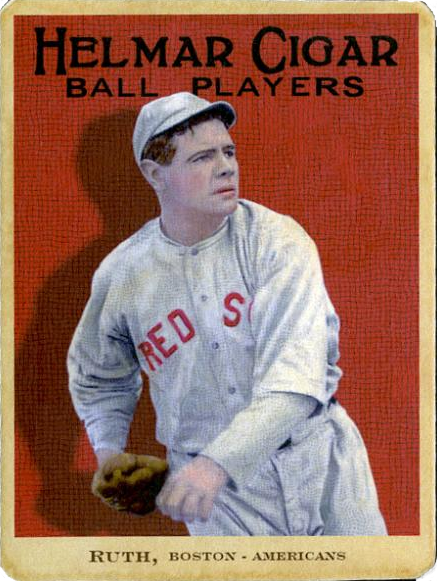
He was the best lefthanded pitcher in the American League when the Red Sox captured world championships in 1915, 1916, and again in the shortened 1918 season.
Ruth played for Boston for only six seasons, but he was clearly a superstar. Mookie Betts played for the Red Sox for six seasons and he was clearly a superstar. Ruth debuted in 1914. Moopkie one hundred years later in 2014. The Babe’s last season in red sox was in 1919. Betts played his final season with the Sox exactly 100 years later in 2019. Ruth was sold in a deal that enraged Boston fans and haunted them for decades. Mookie’s trade similarly infuriated Red Sox faithful, and it’s going to be a long time until the city gets over it. Both men, both right fielders with great nicknames, won World Series titles quickly after leaving the Red Sox.

Ranks 12th all-time in 7-Year WAR peak value among shortstops. But he’s not in the top 30 for career value.
Probably wouldn’t have been guaranteed a Hall of Fame plaque had he stayed in Boston, but his chances would have been far better.
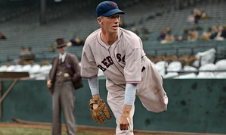

Through his age-28 season, Betts already has two seasons with at least 9 Wins Above Replacement. Only 28 position players have ever done that in baseball history.
Betts and Mike Trout were born ten months apart, with Trout the older of the two. One is a right fielder, the other is a center fielder. Trout has three MVPs and Mookie only has the one thus far. Trout got a three-year jump on Betts, and Mookie has the type of body that I think will age better. Both will be formidable players, superstars, legends, you pick the superlative, late into their 30s.
Mookie and Trout are this generation’s Aaron and Mays. I don’t know if either of them will surpass Hank and Willie, but it’s going to be a helluva lot of fun to see if they do. With all the things that are going wrong with the sport as we enter the third decade of the 21st century, Mookie and Mike are a reason to keep watching.
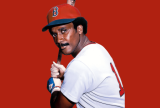
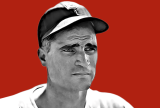
Doerr usually hit fifth, behind his best friend Ted Williams (who batted third) and Jimmie Foxx (or later Vern Stephens). For that, Doerr was at times punished. Once, in 1948 after Williams and Stephens hit back-to-back homers against the Yankees, Joe Page threw a fastball at Doerr’s noggin. The usually mild Doerr responded with a few choice words. Bobby remained in the game (he was never ejected in his entire career). After the contest he said, “It’s not so much being knocked down, but it’s the idea of knocking me down for something somebody else did. That’s what gets me.”
A right-handed hitter, Doerr had some of the most striking home/road splits in history: he had a career OPS of 716 on the road and 928 in Fenway Park. He averaged 4.2 homers per 100 at-bats in Fenway and 1.9 in road games. He was still a productive player when back problems forced him to retire at the age of 33. Before his death at the age of 99, Doerr was the last man alive to have played against Babe Ruth.

Pedroia was only 5’9 and he never looked like he could bench press more than 80 pounds. But he was a ballplayer. Other than possibly Fred Lynn, no Red Sox player had a greater first act. In 2007 he was Rookie of the Year in the American League and he hit two home runs in the postseason as Boston won the World Series. He added to his legend the following year when he had 213 hits, 54 doubles, 17 homers, stole 20 bases, batted .326, and won the Gold Glove Award. He was named AL Most Valuable Player, and in the League Championship Series, Pedroia did everything he could to beat the Rays, hitting three home runs.
His peak was better than Ian Kinsler, and better than Robinson Cano, his contemporaries. But Pedroia only put on “The Laser Show” for about 7-8 years and then he fell apart. A champion twice as a regular, and once as walking wounded, his place in Red Sox history is secure, but a Hall of Fame nod is unlikely with only 1,805 hits and 1,512 games on his ledger upon his retirement announcement in 2020.
Pedroia put up one good season after the age of 30. His body wore out, mostly from the knee down, and he spent time on the injured list nine times. Like the other great Red Sox’ second baseman, Bobby Doerr, Pedroia stalled physically in his early 30s.
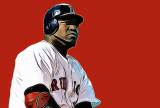
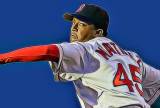
For a while, Pedro was as great a pitcher as anyone ever has been. What’s amazing is how small he was, only 165-170 pounds during his most dominant years. Martinez didn’t just beat teams, he terrified them. “Other teams don’t like that he has no fear out there,” teammate Carl Everett said, “He’s not going to kiss anyone’s butt and pitch a certain way that will get approval.”
Martinez’s fingers were double-jointed, which gave him the ability to grip a baseball in ways most pitchers could not. His “Bugs Bunny” changeup was a result of his circle-change grip and the flexibility of his fingers.
“A changeup is going to be good if you have a good fastball. If you don’t have a good fastball,” Pedro said. “It doesn’t matter how much you rotate [your changeup], how much you can spin it. If you can’t bring a good fastball with it, it makes no difference. I was lucky enough to have both.”
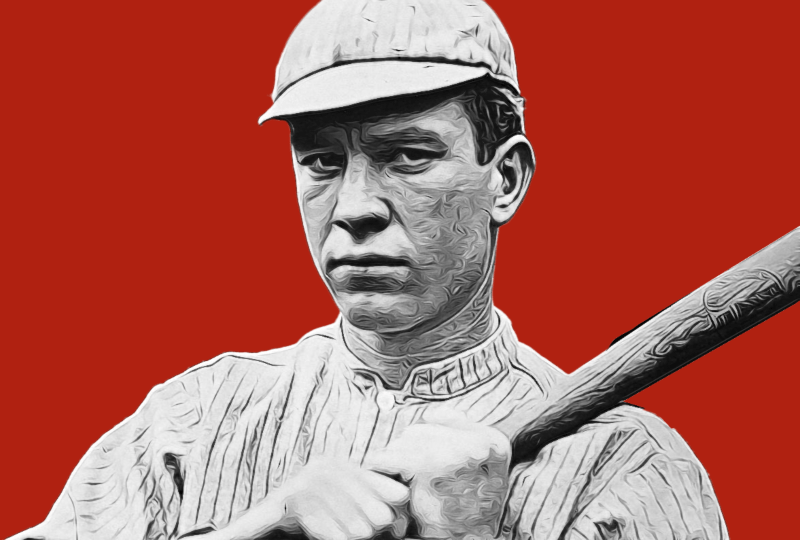
Tris Speaker has the best defensive statistics of any outfielder in history. He led the league in putouts seven times, in double plays ten times, and in assists by a center fielder eight times. Which is to say he caught more balls and made more great plays than any outfielder ever did.
“Spoke” played extremely shallow, almost like a “rover” in short center field, shifting to either side of second base depending on the batter. Dozens of times in his career, Speaker served as the pivot man on double plays in the infield. He was sort of a one-man defensive shift. He also made far fewer errors than outfielders of his era, and he could go back to catch a flyball as well as anyone.
Speaker played nearly 2,800 games but he only appeared in right or left for about 20 innings. When he was 40 years old he played 50 games in center for Connie Mack and was still covering ground better than most outfielders in the league. That year he made eight assists, several of them on short singles to center where he was so shallow he was able to throw out a runner going from first to second.
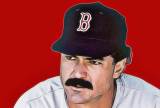
It seems probable that Dwight Evans will gain support through the Hall of Fame’s veterans committee system as the years go on and eventually get his plaque in Cooperstown. When the writers elect Scott Rolen, and possibly Lou Whitaker and Bobby Grich are put in by a committee, it will be very difficult to ignore Evans.
Evans had about 370 more hits, had 69 more homers, and walked about 500 more times than Rolen. He also had a higher OPS+ (127 to 122) and outperformed Rolen in Offensive WAR (60 to 52). The advanced stats have Evans as a worse right fielder than any of us think he really was, while Rolen played third base very well, so there’s that. But if an eight-time Gold Glove third baseman with a 122 OPS+ and 316 homers gets in, you can’t argue against an eight-time Gold Glove right fielder with a 127 OPS+ and 385 home runs.

Cy Young was a thick man blessed with a barrel chest, broad shoulders, and long arms. No motion pictures were ever taken to show his pitching form, but we have photographs. In the photos taken when Young was actually pitching, his weight is shifted back on his rear right foot, his powerful chest is prominent, and his arm is away from his body, in a three-quarter sidearm motion. That motion would have placed less stress on Young’s shoulder than throwing overhand. It would have allowed him to hide the baseball behind his large frame.
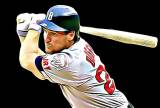
The most valuable first five years of a career:

Once we penalize Clemens for his PED usage, there’s a very compelling argument that he was not as valuable as Pedro Martinez.
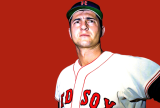
“I never saw a player beat a team with his glove, especially an outfielder. Until Yaz did it to us.” — Sal Bando, on the 1975 playoffs
“He stood for the love of the game, you could see it in his eyes.” — Jerry Remy

This feature list was written by Dan Holmes, founder of Baseball Egg. Dan is author of three books on baseball, including Ty Cobb: A Biography, The Great Baseball Argument Settling Book, and more. He previously worked as a writer and digital producer for the National Baseball Hall of Fame, as well as Major League Baseball Advanced Media.
No reproduction of this content is permitted without permission of the copyright holder. Links and shares are welcome.
No posts found!